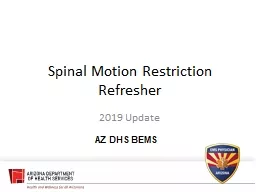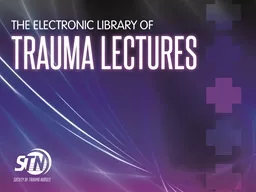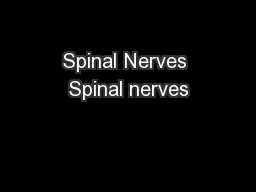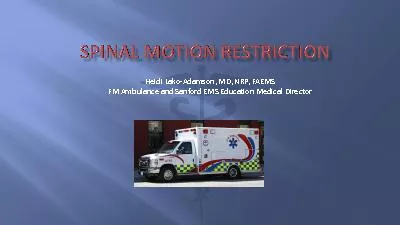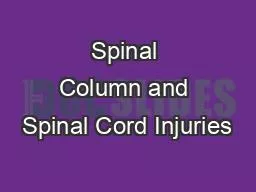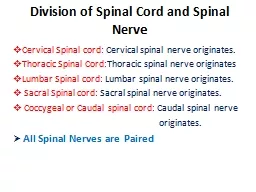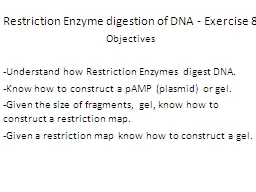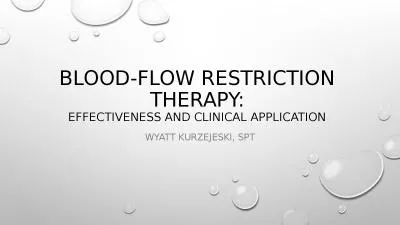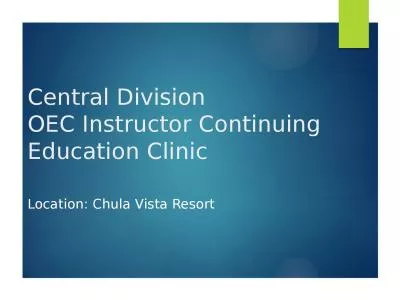PPT-Spinal Motion Restriction
Author : liane-varnes | Published Date : 2018-09-30
Refresher 2017 Update AZ DHS BEMS Why are we doing a refresher Overall we have had excellent success with the rollout of SMR across Arizona The incidence of spinal
Presentation Embed Code
Download Presentation
Download Presentation The PPT/PDF document "Spinal Motion Restriction" is the property of its rightful owner. Permission is granted to download and print the materials on this website for personal, non-commercial use only, and to display it on your personal computer provided you do not modify the materials and that you retain all copyright notices contained in the materials. By downloading content from our website, you accept the terms of this agreement.
Spinal Motion Restriction: Transcript
Download Rules Of Document
"Spinal Motion Restriction"The content belongs to its owner. You may download and print it for personal use, without modification, and keep all copyright notices. By downloading, you agree to these terms.
Related Documents

